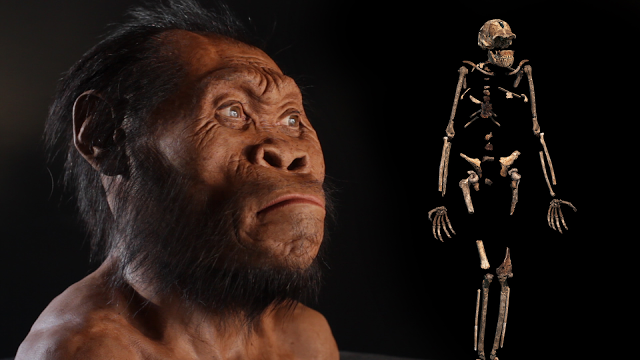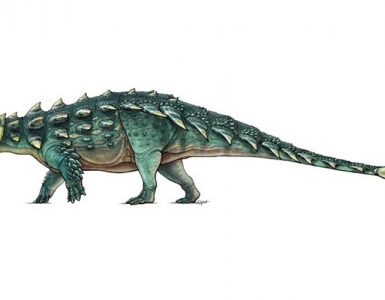The Homo floresiensis remains – dubbed as the Hobbit were found Flores – an Indonesian island and are believed to lived 12000 years ago which isn’t very old. Berger said that the sample they have collected contains 15 individual remains including adults, elderly and children. This is the largest hominid fossils haul in Africa. The amount of fossils found is even greater than Australopithecus sediba which was found very near to the Rising Star cave site in 2008.
Scientists believe there is more to come. Berger said, “We have just done a surface sweep of the cave. The floor is practically made of the bones of these individuals.” A 100 more fossils are suspected to be in the cave.
The expedition started when 2 cavers – Rick Hunter and Steven Tucker came across a mandible while they were exploring the cave. They notified Berger of the discovery and they called volunteers braving to negotiate through the narrow chute reaching chamber. Two months after this National Geographic and Wits University organized an expedition. The expedition ran for 21 days and around 1550 fossils were recovered. Berger further added, “We don’t know where it fits in, but it makes a good ancestor (for man). Clearly, something was going on in Africa.” Stringer says the presence of the new species hints at the existence of the many others at that time and now tracing our ancestory isn’t very simple. He said, “Only one of these lines came through to us.”
Image Courtesy: National Geographic






















